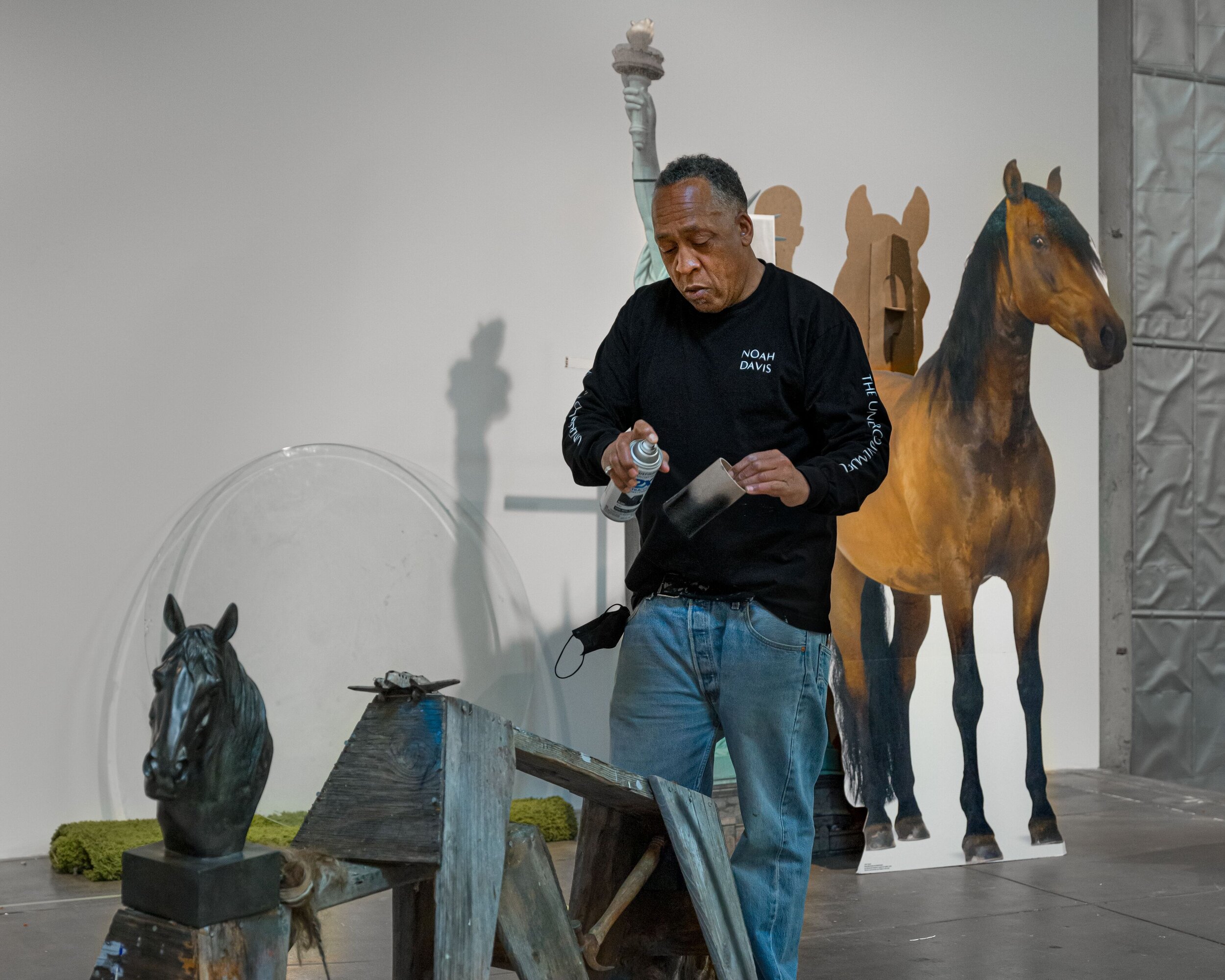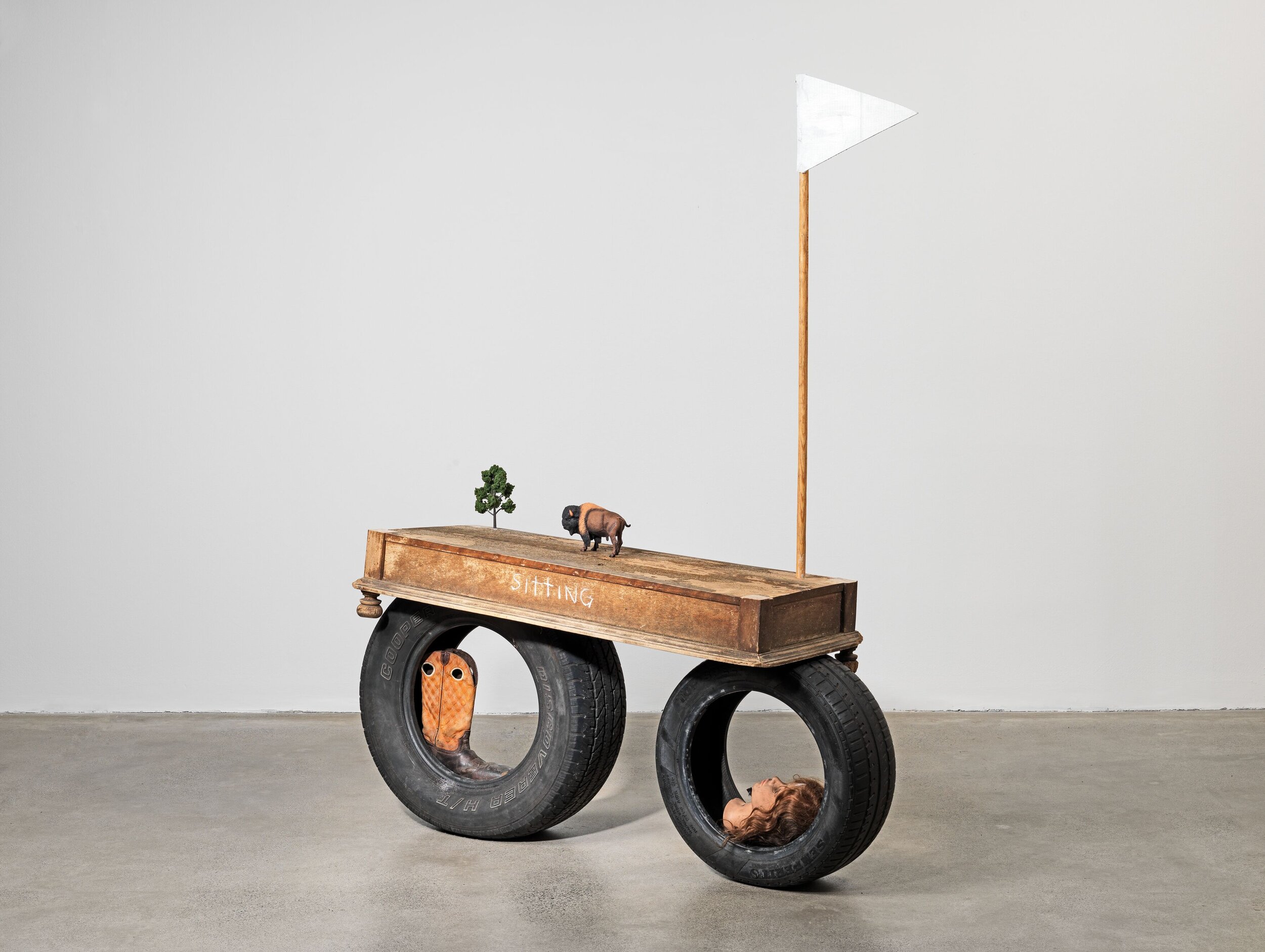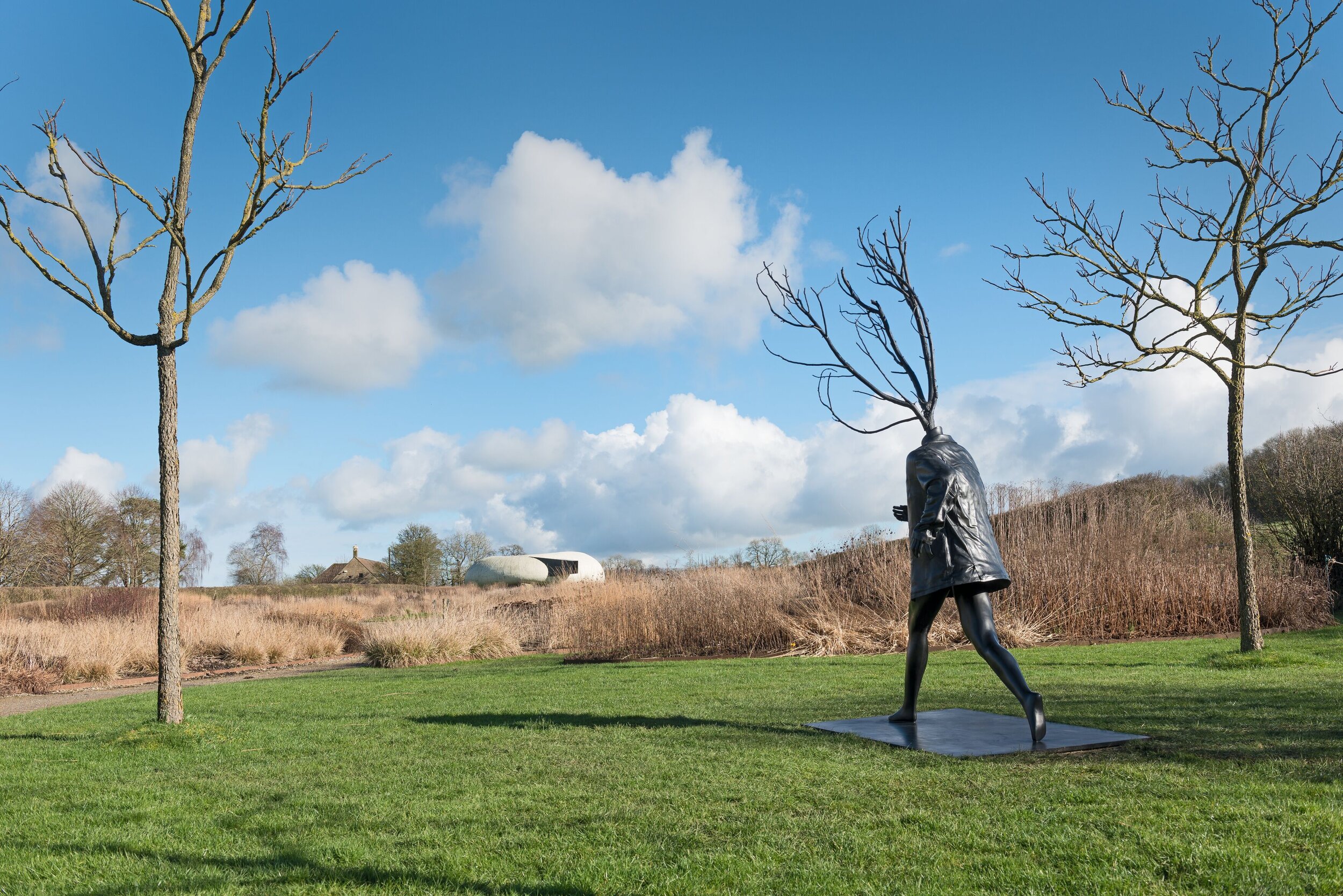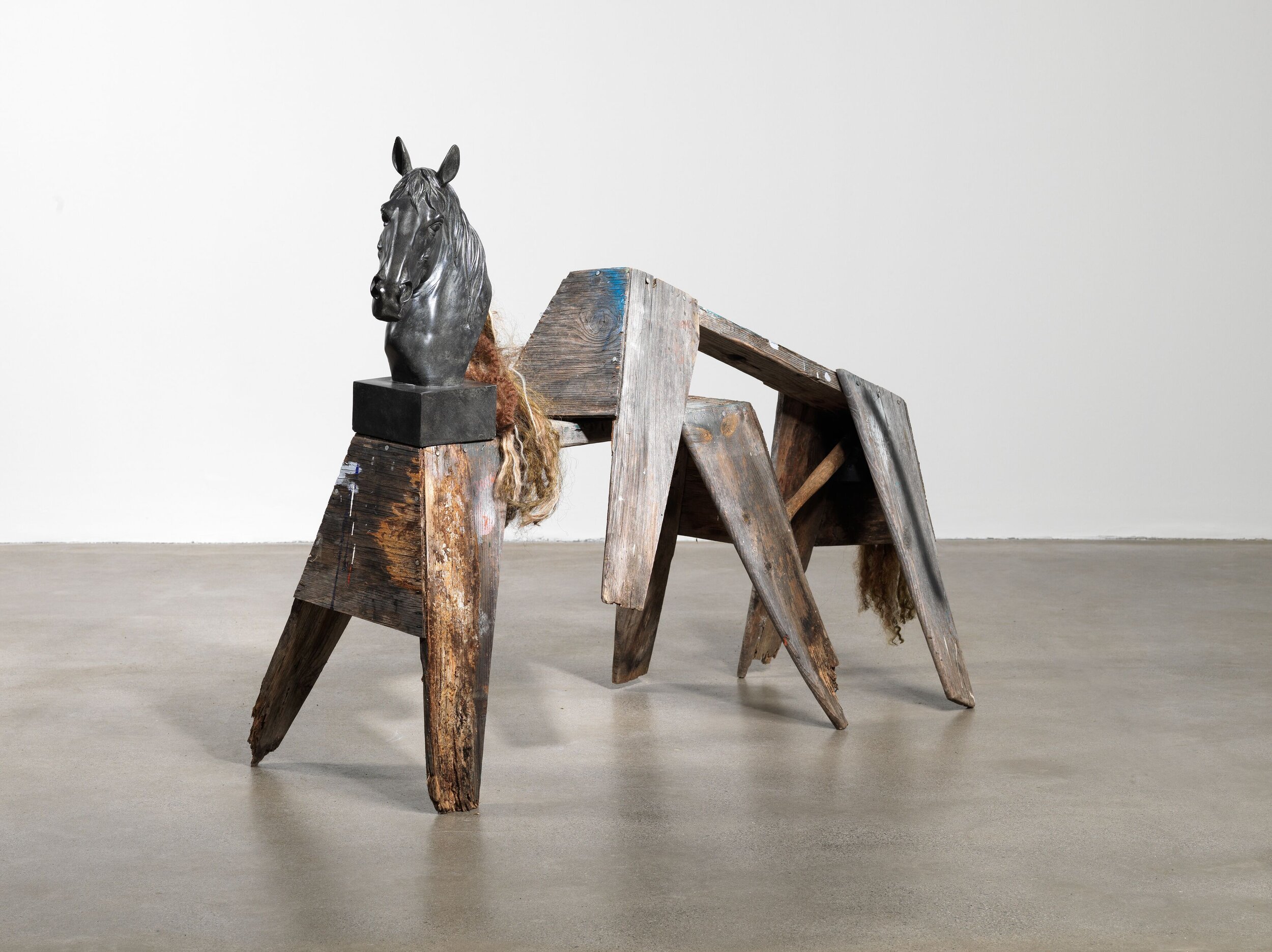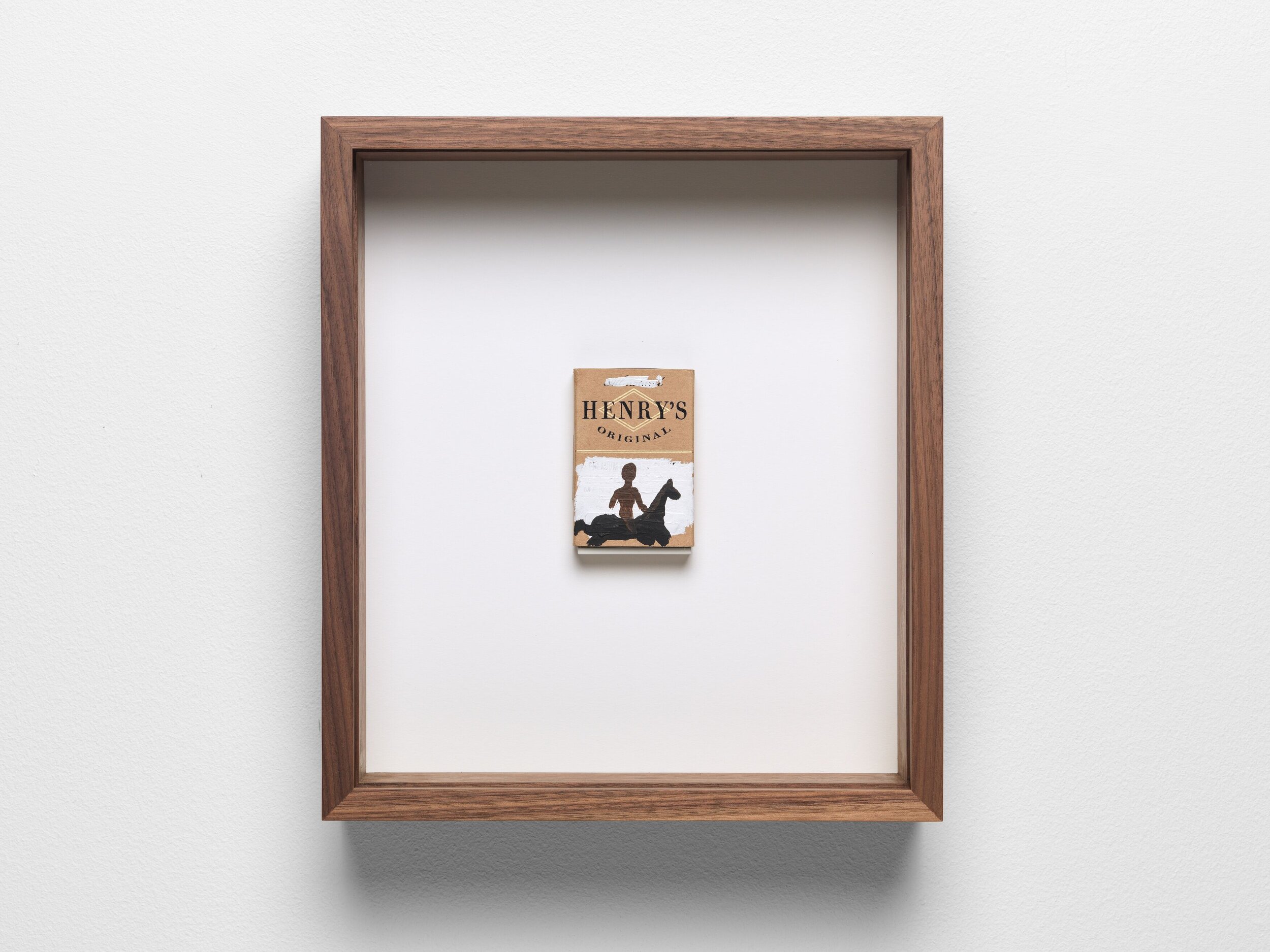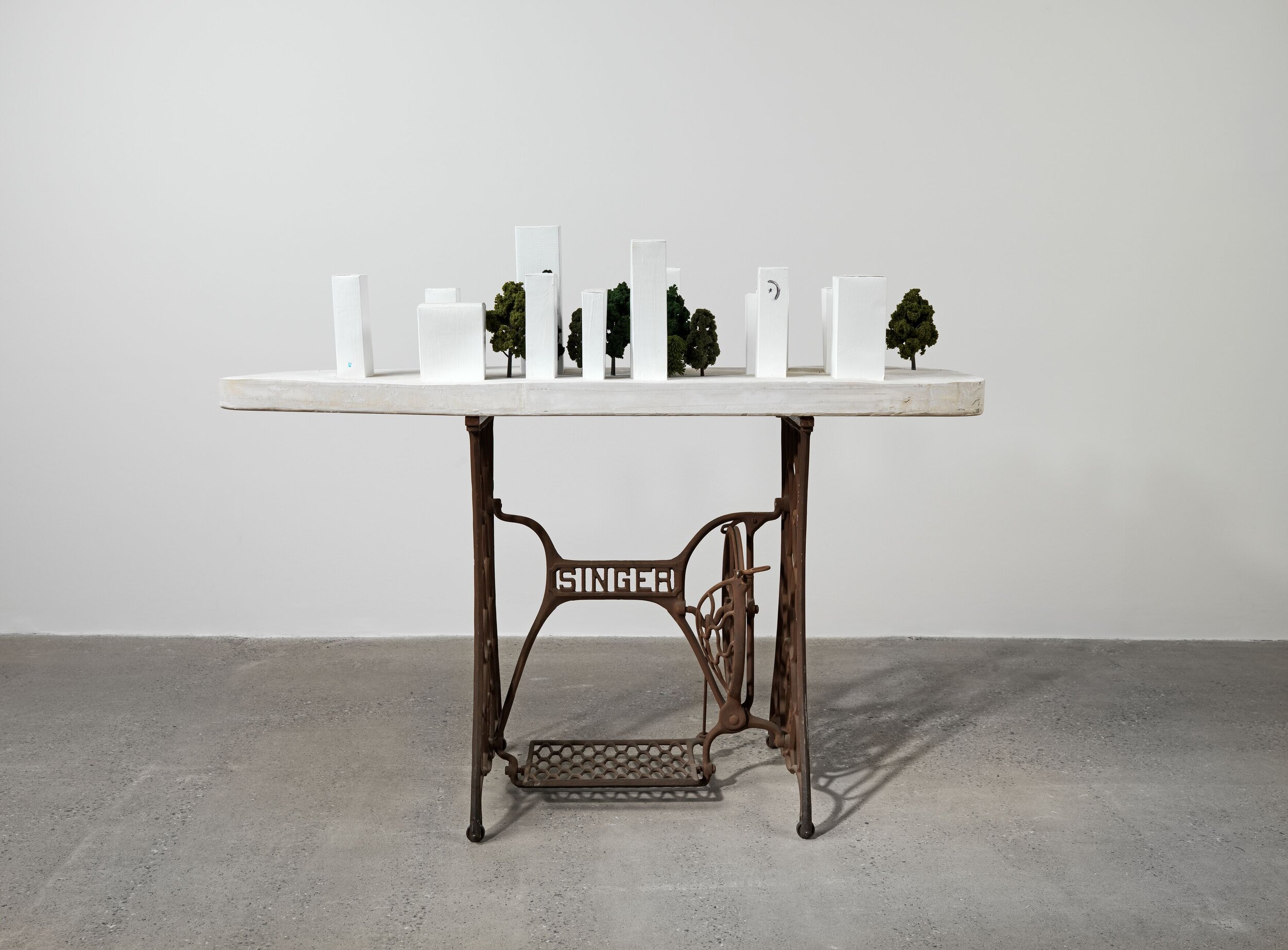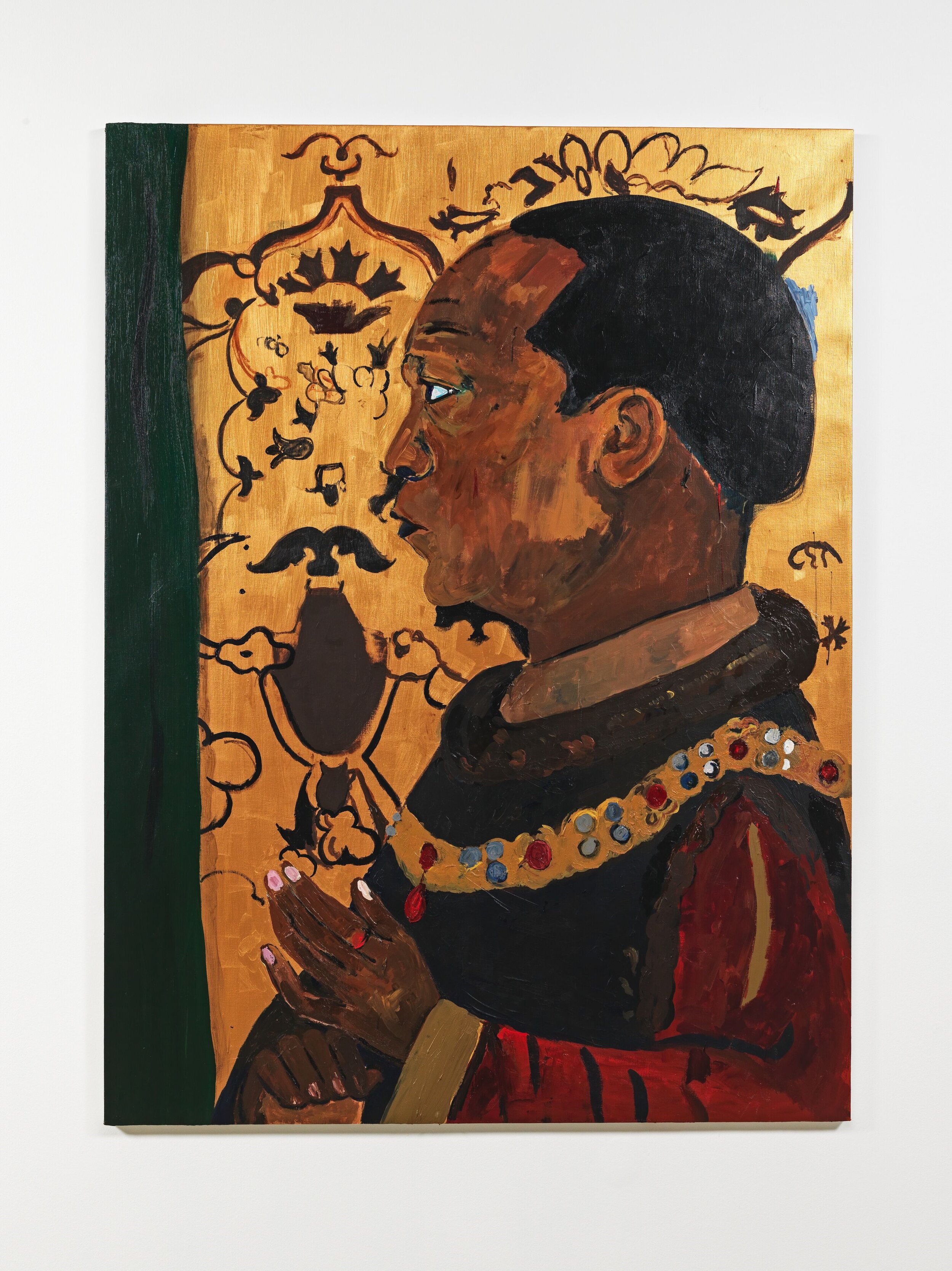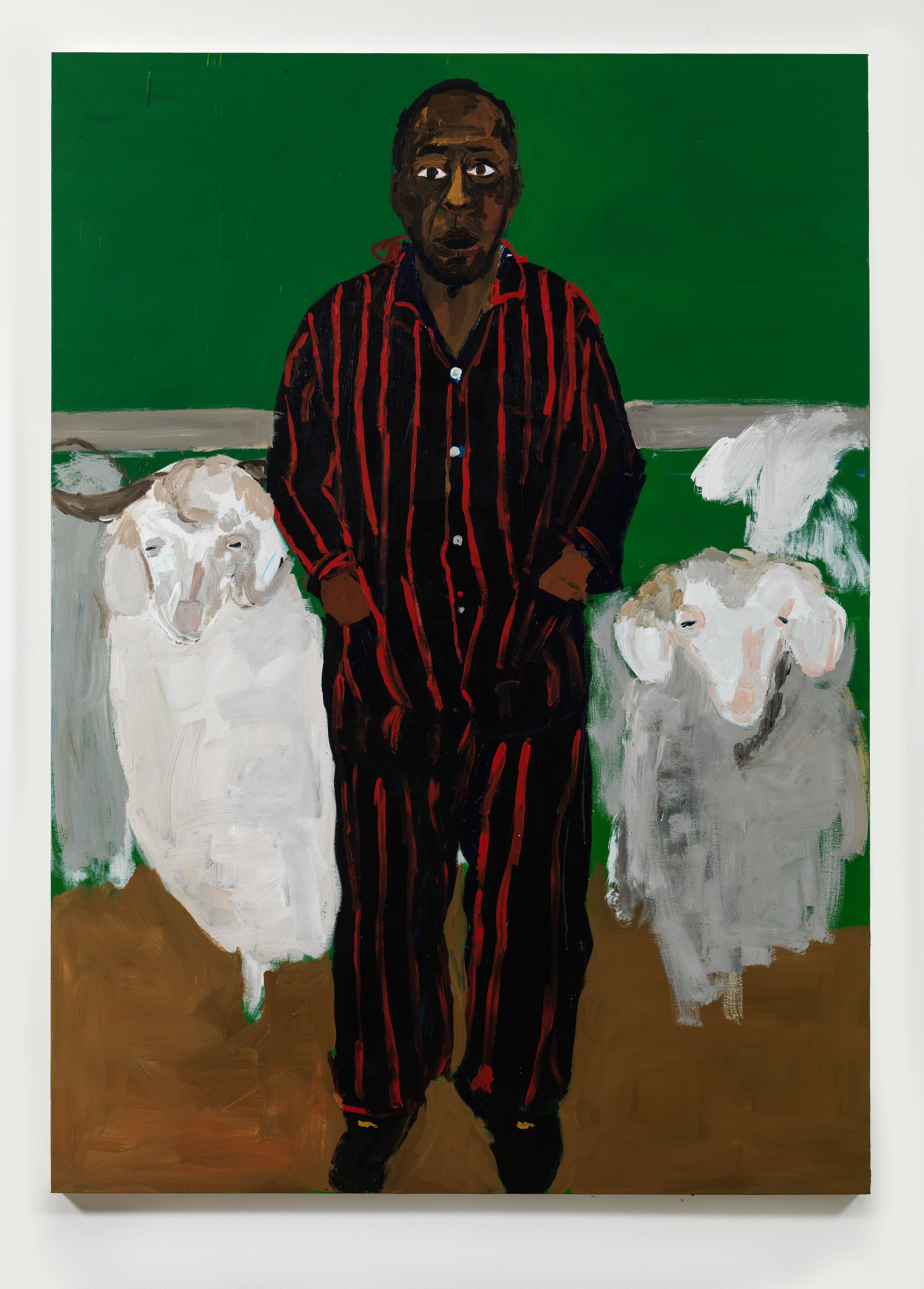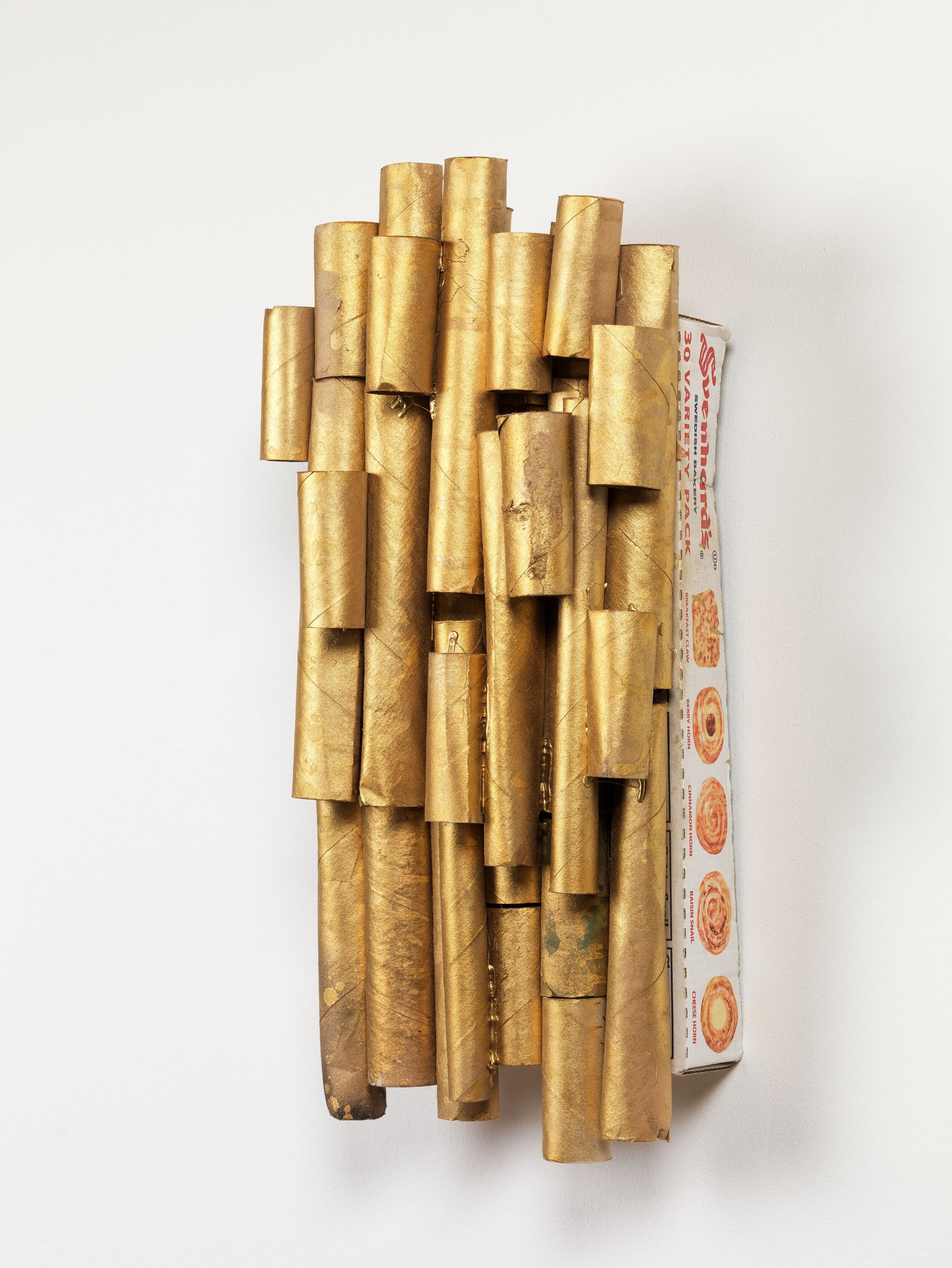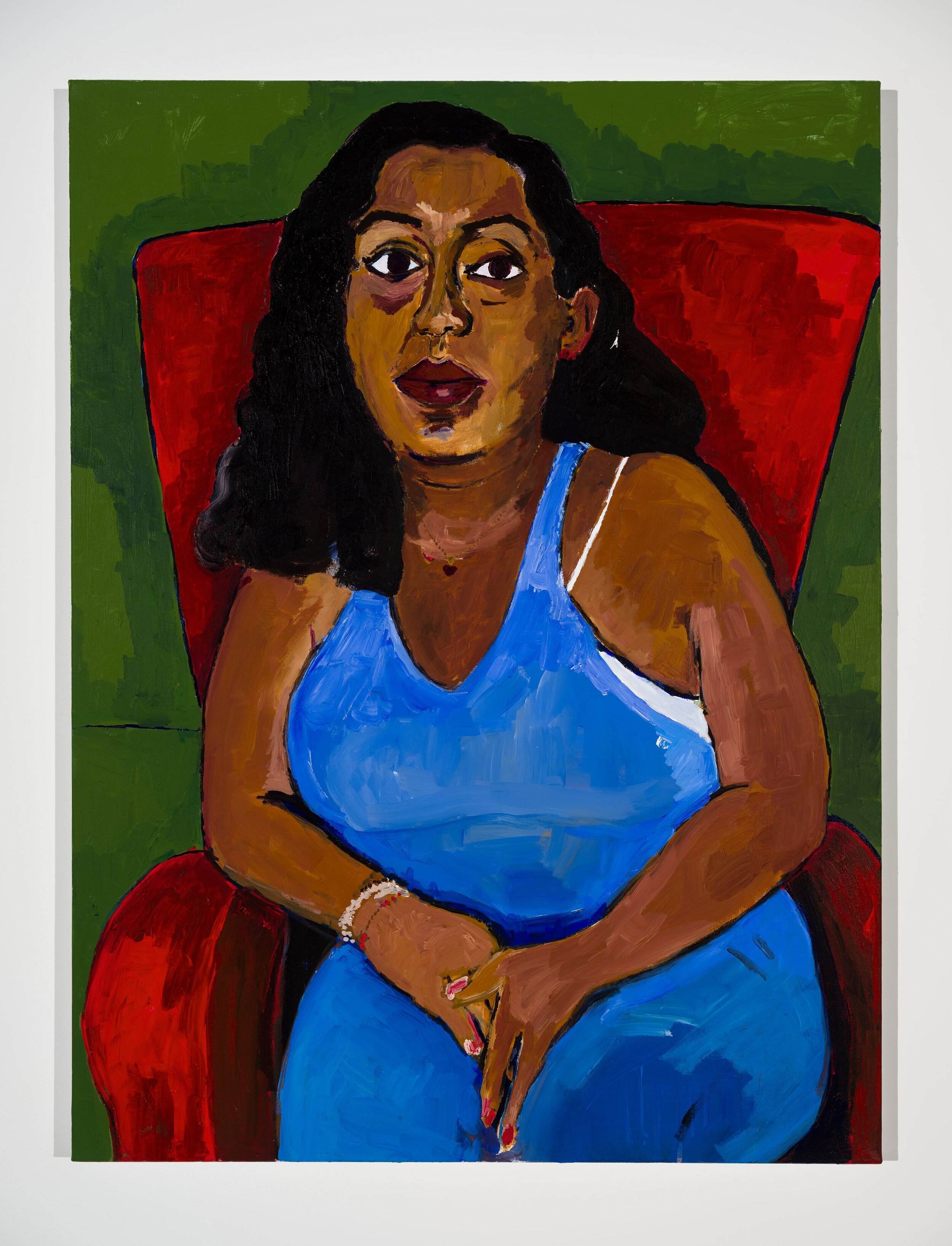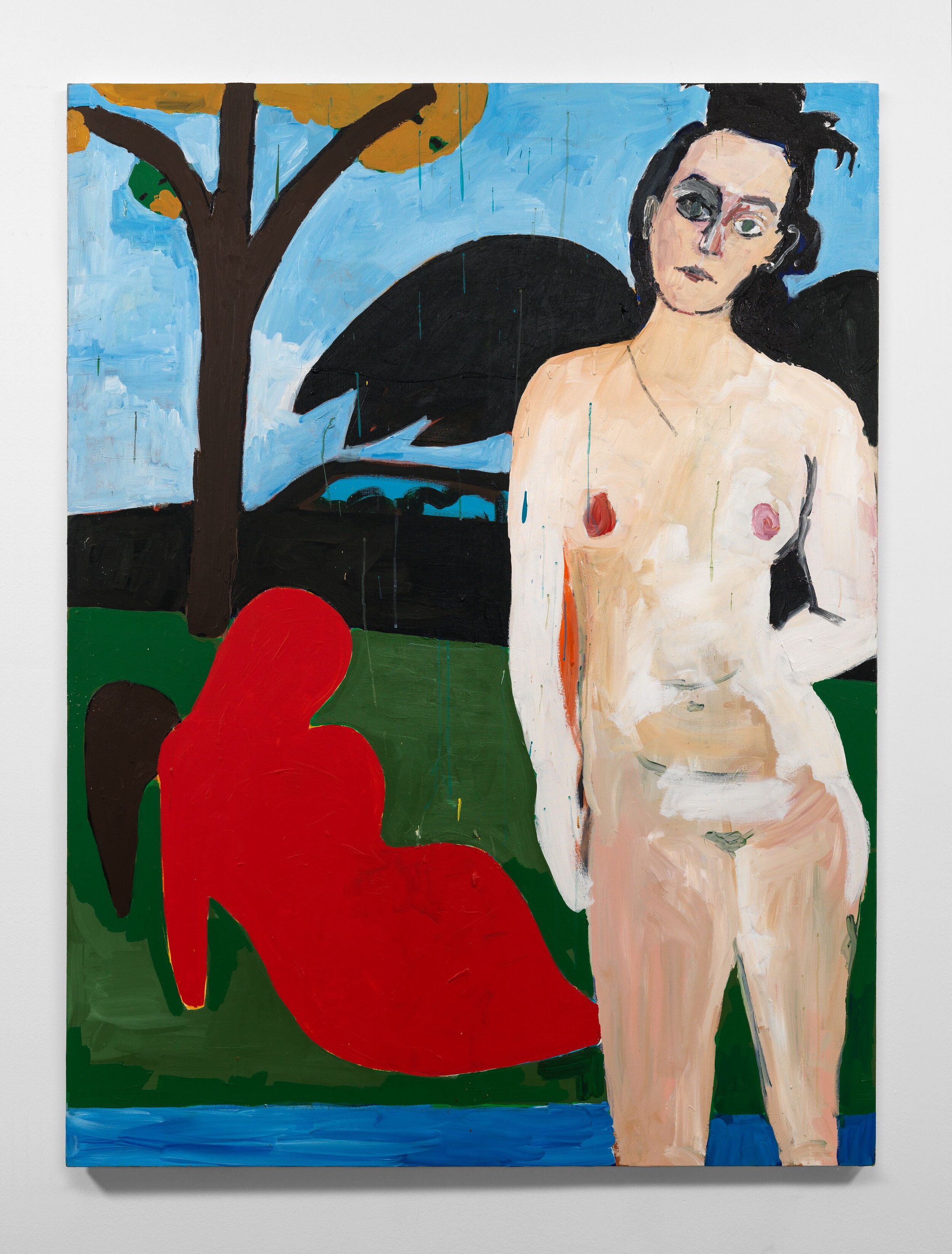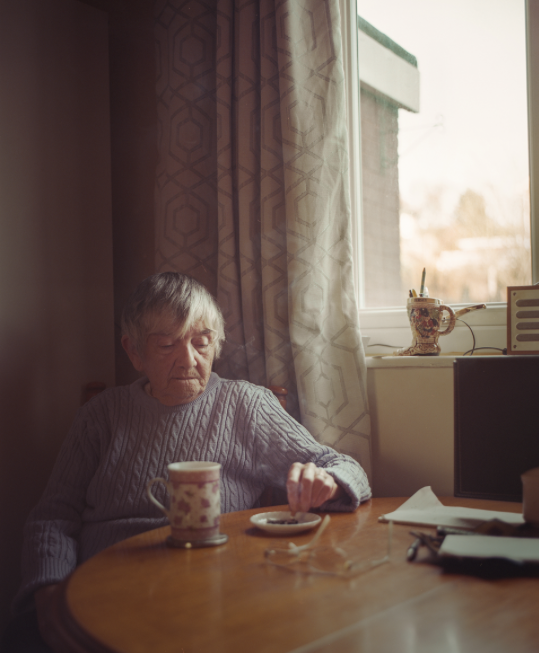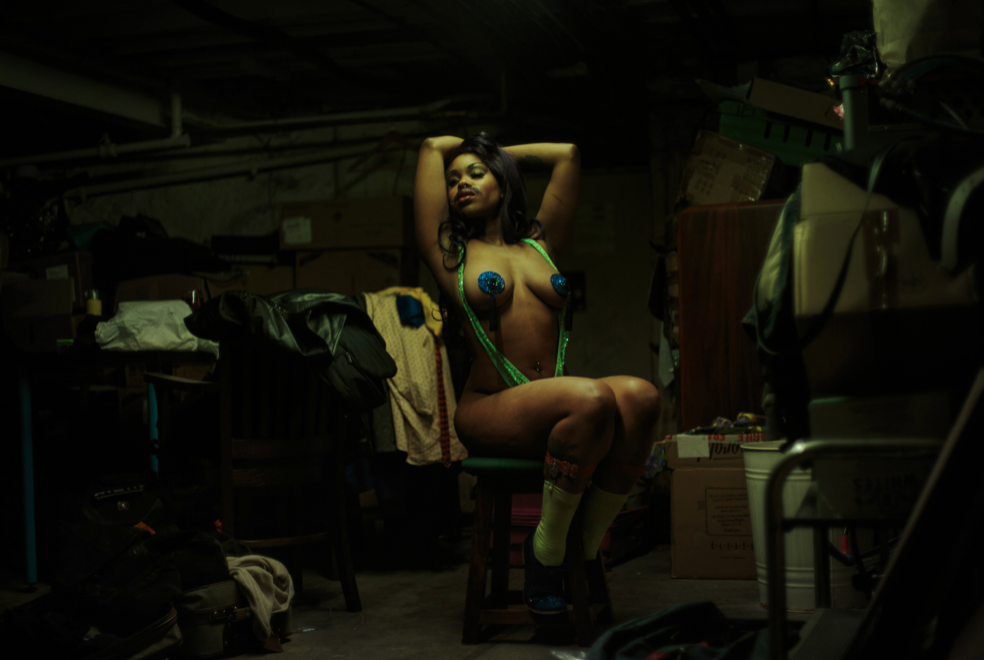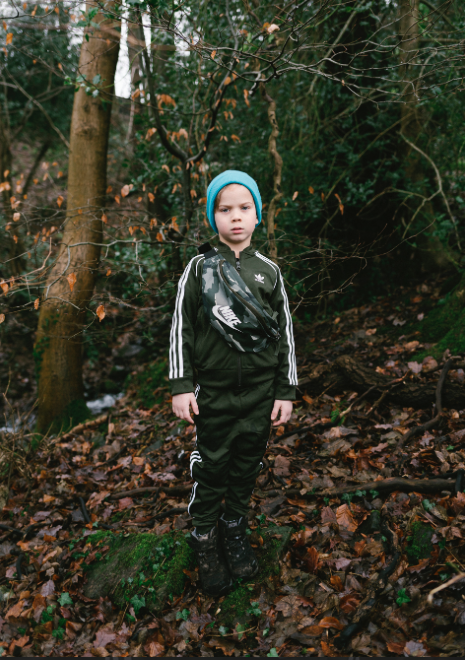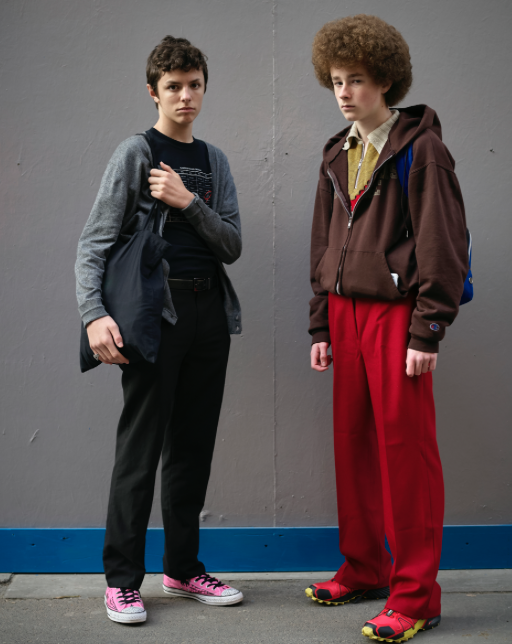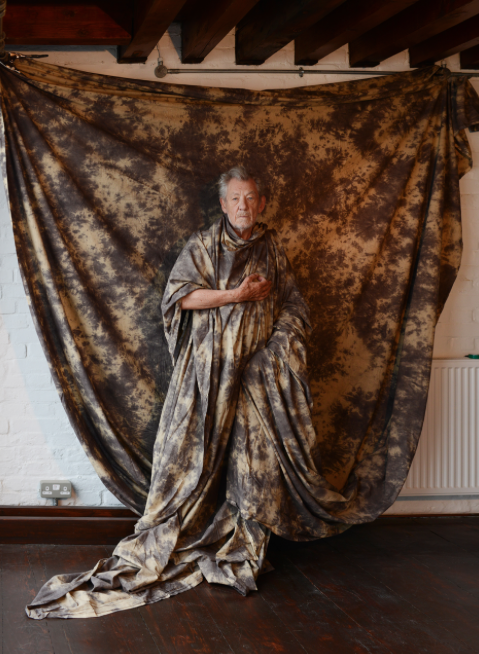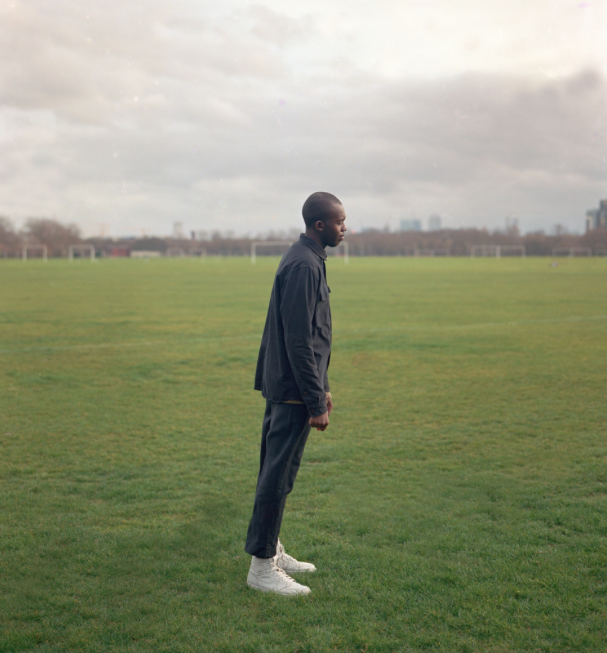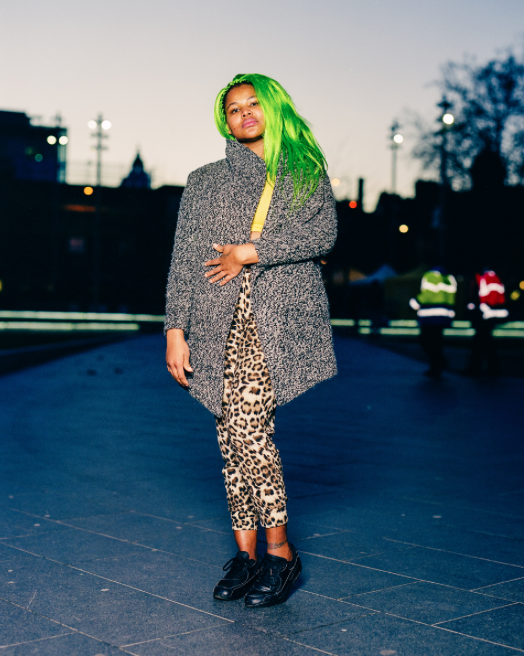Henry Taylor culls his cultural landscape at a vigorous pace, creating a language entirely his own from archival and immediate imagery, disparate material and memory. Through a process he describes as ‘hunting and gathering,’ Taylor transports us into imagined realities that interrogate the breadth of the human condition, social movements and political structures.
For his inaugural exhibition with Hauser & Wirth, the American artist has taken over all five galleries in Somerset to present a major body of sculptural work and paintings, evolving in unison across the spaces. Throughout his four-decade long career, Taylor has consistently and simultaneously both embraced and rejected the tenets of traditional painting as well as any formal label. He has amassed a staggering body of highly personal work rooted in the people and communities closest to him, often manifested alongside poignant historical or pop-cultural references. In preparation for the exhibition, Taylor extended and unraveled his studio practice within the galleries at Hauser & Wirth Los Angeles, followed by an artist residency at Hauser & Wirth Somerset this winter - energetically building, stacking and affixing a vast array of collected objects together to create a holistic record of his everyday routine and the materials that define them. With a guiding sense of human connection, Taylor layers reoccurring visual cues associated with his own personal experiences and broader cultural references that lead us through a multifaceted narrative in sculpture and painting.
Although his subjects are wildly diverse - family members, peers and acquaintances - Taylor’s ability to seek out the truest sense of a person and their sociocultural framework is evident throughout. This sharp focus has shifted inwards during the UK’s national lockdown with two new self-portraits. The first, a head and shoulder profile, depicts a regal-looking Taylor as Henry V and is a play on the artist’s childhood nickname of Henry VIII, since he is the youngest of eight children. The second is a full body image of Taylor in Somerset adorning pinstripe pyjamas and flanked by sheep, placing him firmly in his new rural environment.
Henry Taylor is available to view online now through June 6 and for will be open for in-person viewing by appointment starting April 13 @ Hauser & Wirth Somerset Durslade Farm, Dropping Lane Bruton, Somerset BA10 0NL

